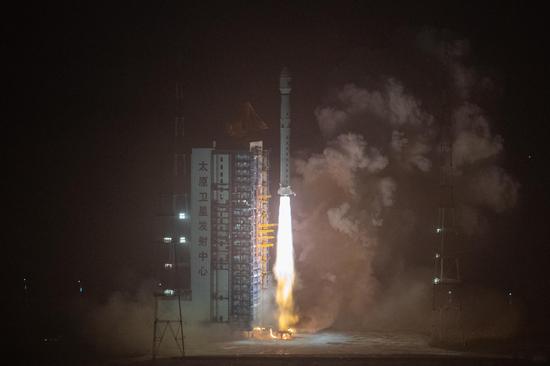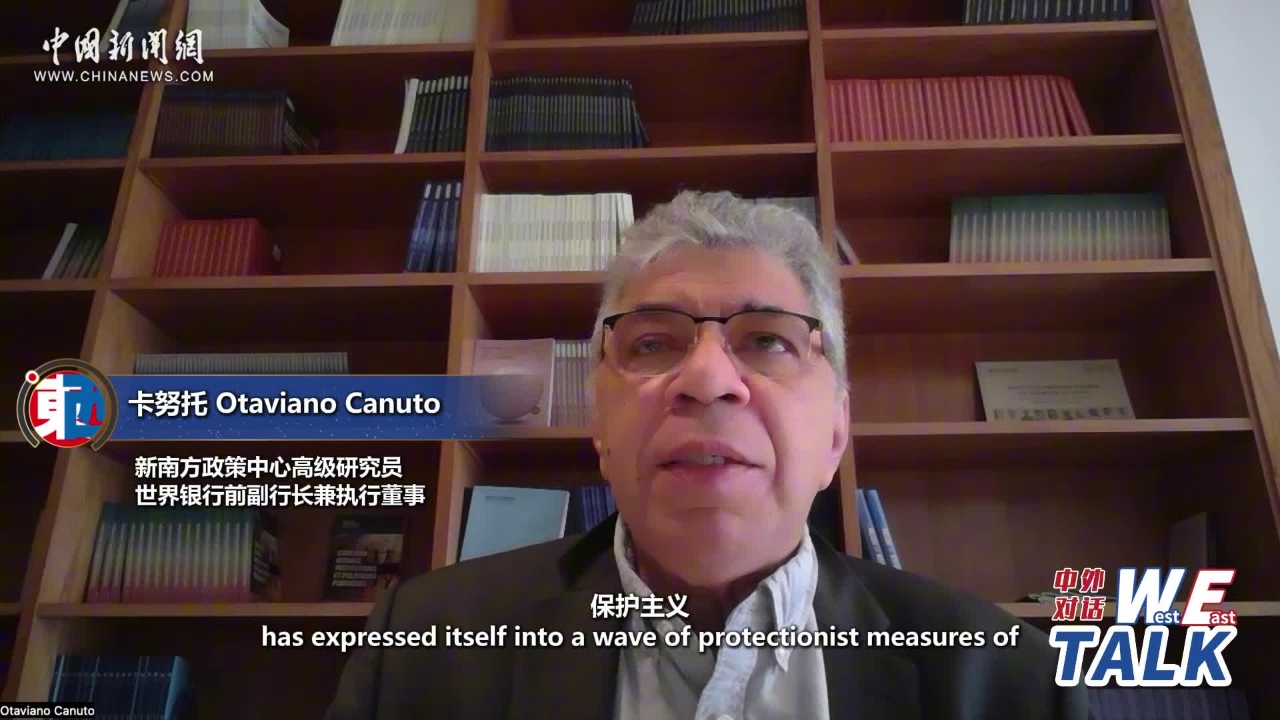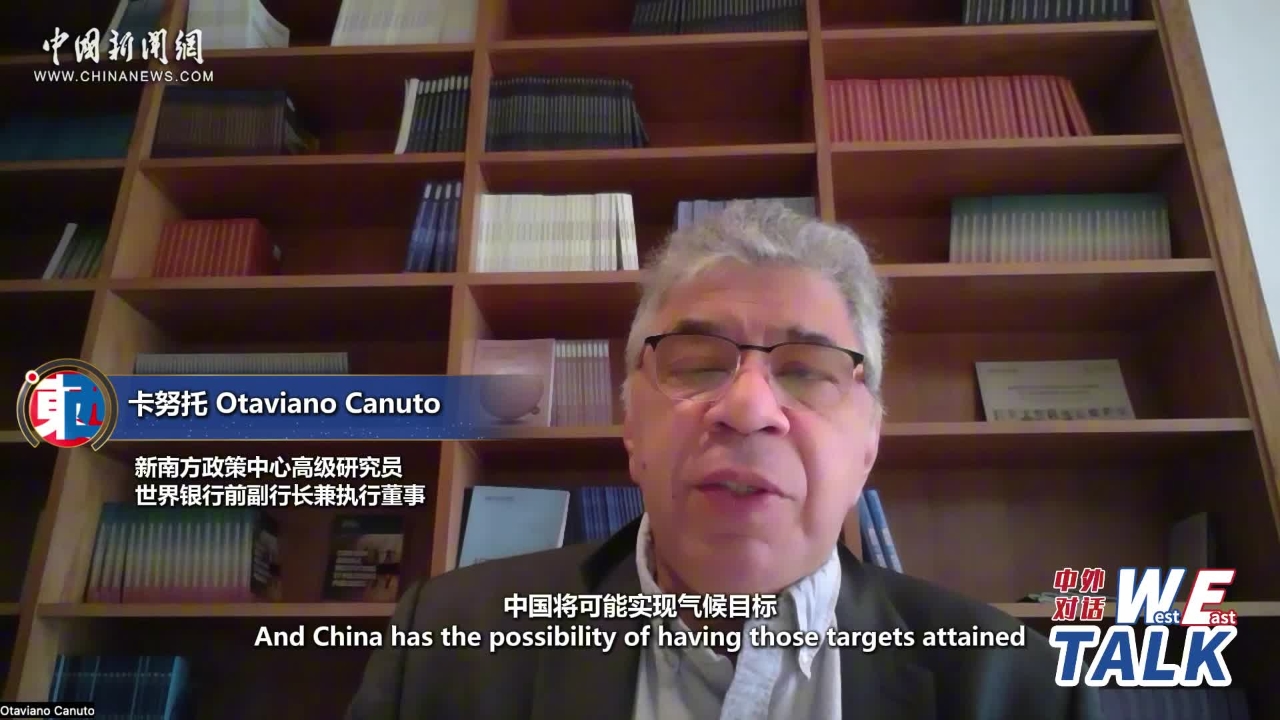(ECNS) -- Chinese scientists have for the first time globally constructed a complete energy spectrum of solar energetic particles (s) on Mars, according to the Institute of Modern Physics, Chinese Academy of Sciences (CAS).
The study combines data from multiple radiation detectors on the surface of and in orbit around Mars, jointly conducted by the University of Science and Technology of China, Institute of Modern Physics affiliated to CAS, Lanzhou Institute of Physics, and Germany’s Kiel University. It has been published in Geophysical Research Letters on Oct. 3, 2024.
China’s Tianwen-1 orbiter, which entered Mars' orbit in November 2021, played a key role in this study, according to the research team. At the time, its onboard energetic particle analyzer began detecting particle fluxes on Mars. On Feb. 15, 2022, it recorded a high-energy SEP event.
Using data from multiple detectors, the team mapped the proton energy spectrum of the SEP event (1-1000 MeV). They reconstructed the event spectrum up to 1 GeV and further modelled the event doses at Mars's orbit and surface which are then validated against the corresponding dosimetry data.
We reconstruct the event spectrum up to 1 GeV and further model the event doses at Mars's orbit and surface which are then validated against the corresponding dosimetry data. SEP events are among the most destructive space weather phenomena caused by solar eruptions. When these high-energy particles reach Mars, they can impact its space environment.
This research has significant implications for radiation protection in future Mars exploration missions, garnering considerable attention from the scientific community.
Experts highlight that this research deepens understanding of Mars' radiation environment and provides valuable insights for studying future SEP events, as well as underscores the necessity of continuous and synergistic radiation monitoring on Mars.


















































 京公网安备 11010202009201号
京公网安备 11010202009201号
